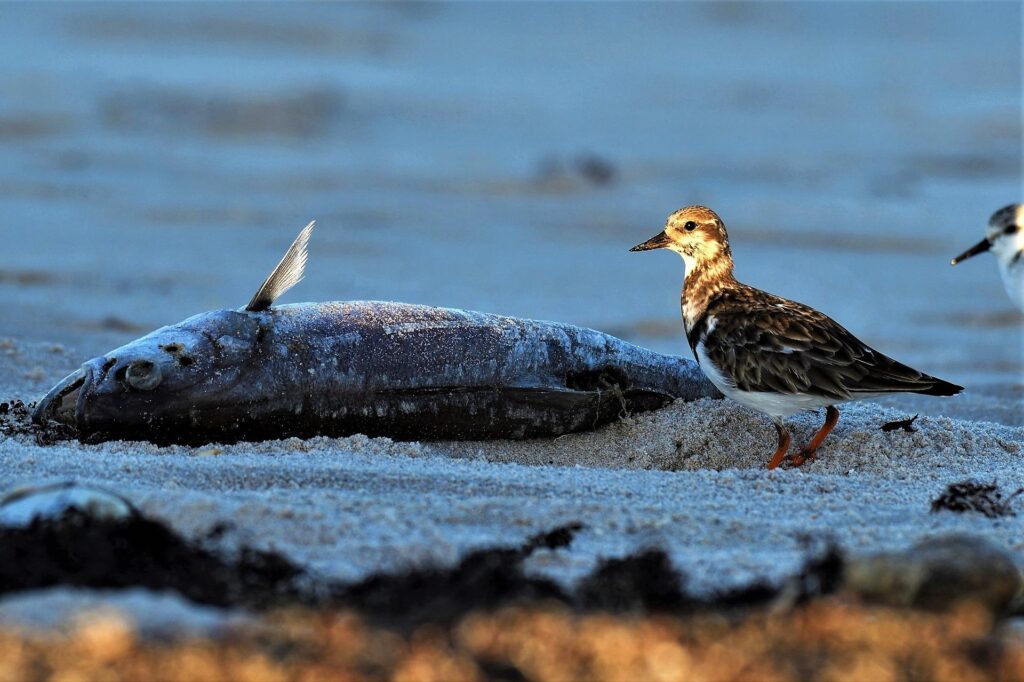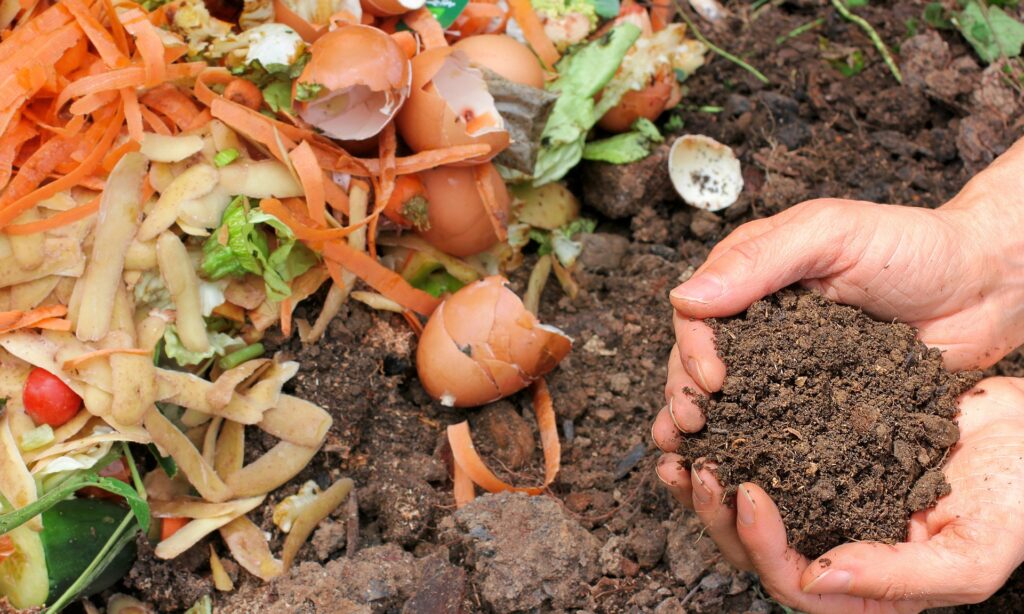It’s that time of year again: Rainy season. Longtime residents of Florida will be well-acquainted with our annual weather patterns, but for anyone who is a new transplant, or a snowbird who’s staying put this year, you may not be familiar with the Florida seasons. Some days we get light off-and-on again showers throughout the course of the day, while at other times a sunny sky flips like a switch, pours for 20 minutes, and then clears just as quickly. Or of course, Hurricanes and tropical storms sweep in and bring with them days of rain in varying degrees. Most of our yearly 50+ inches of rainfall happens during this time, and many Florida gardeners will carefully time their plantings to take advantage of the natural irrigation. But with all of this increased rain comes one of our most critical environmental problems in Florida: Harmful Algae Blooms.
What are Harmful Algae Blooms?

Harmful algae blooms occur when excess fertilizer is washed into our waterways by the many storms and floods that occur this time of year. The fertilizers get into the canals, lagoons, beaches, and various other bodies of water throughout the state. Algae in the water feed off this fertilizer and multiply exponentially. The massive algae blooms take necessary oxygen away from marine life. They prevent light from reaching seabeds and starve out the sea grasses that many animals need to survive. Some of these algae blooms, such as Red Tide, are toxic, causing a variety of harmful symptoms in humans, and death in many sea creatures like fish, turtles, and manatees.
The effects of this are broad and concerning, from reduced tourism and commercial fishing impacting us economically, to the health concerns and unsightly muck that can keep us from enjoying our beaches to the ecological damage done to our precious wildlife. Fortunately, there is a key action being taken to help mitigate these problems: Florida Fertilizer Ordinances.
There are actually a few fertilizer ordinances in Florida, but one of the most important (and currently relevant) is the Rainy Season Fertilizer Ban. Nearly every county in FL enforces this ban, but not everyone is aware of what it is, or even that it exists in the first place. Knowing the facts is essential for everyone to be able to keep their own plants healthy while also keeping our waterways and wildlife from harm.
Rainy Season Fertilizer Ban
In most counties, the Rainy Season Fertilizer Ban states:
- No fertilizers containing nitrogen or phosphorus should be used on lawns or gardens during rainy season. (Nitrogen and phosphorus are the first two numbers in the three-number sequence you see on most fertilizers (ex. 8-2-10). Rainy season is considered to be the 1st of June through the 30th of September).
- No chemical fertilizers should be applied at any time within a certain distance of a waterway. (The exact distance varies by county, but it is usually 10-15 feet)
How do I care for plants during the ban?
Now, many of you may be wondering how to care for your plants with these restrictions, and fortunately, there are still options that will keep your gardens thriving.
Firstly, there are some exceptions to the fertilizer ban.
These include plants that were planted within the last 60 days and vegetable gardens that are at least 15 feet away from a waterway. In both of these cases, fertilizers containing nitrogen and phosphorus can be used in appropriate amounts.

There are also some fertilizers and amendments that are not banned.
These include any fertilizer where the first two numbers are zero (ex. 0-0-2), sprays or drenches which provide necessary vitamins, minerals, or micro-nutrients, and most organic mulches and composts used to improve the soil (such as manure composts and worm castings).
Another consideration many people overlook is the soil itself. Many of us know the soil in our Florida yards is less than ideal, but a healthy, rich soil can make a major difference in the happiness of your plants and reduce the need for excessive fertilizers. By using composts and soil conditioners to create the best growing environment you can at the time of planting, you can improve the long-term vigor and overall health of the plants you install, which will save money and effort in the future. As the old saying goes, “An ounce of prevention is worth a pound of cure.”
Does it really matter?
Some of this may seem a little complicated. Proper timing can go a long way to simplifying the process. By fertilizing in May and again in October, you can eliminate the need to fertilize during the rainy season. Also, keep in mind that fertilizer that is washed away by heavy rain is no longer benefiting your plants, so timing your fertilizer applications around the rain will help keep fertilizers (and the money you’ve spent on them) in your yard and not out in the gulf.
There may be some who find the fertilizer ban to be inconvenient, or even confusing, adding additional complications to an endeavor that can already be complex. But just taking the time to understand the types of fertilizers we are using and making some conscious efforts to use the right products at the right times can have a major impact on our whole state and the people, plants, and animals that live here. Your local extension office and plant nurseries are available to provide information and guidance on this and other topics. Please follow the Rainy Season Fertilizer Ban, and encourage others to learn about these bans and the reasons behind them. As a community, our collective actions can and do make a difference.

